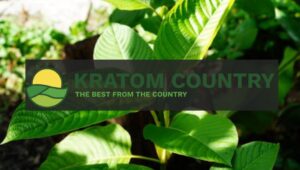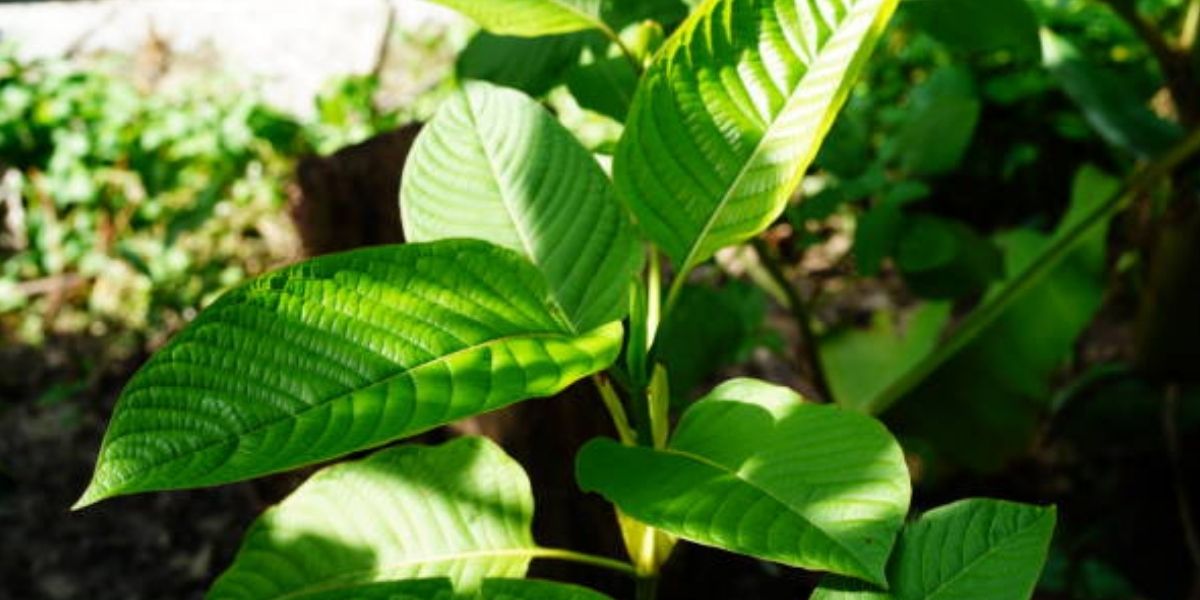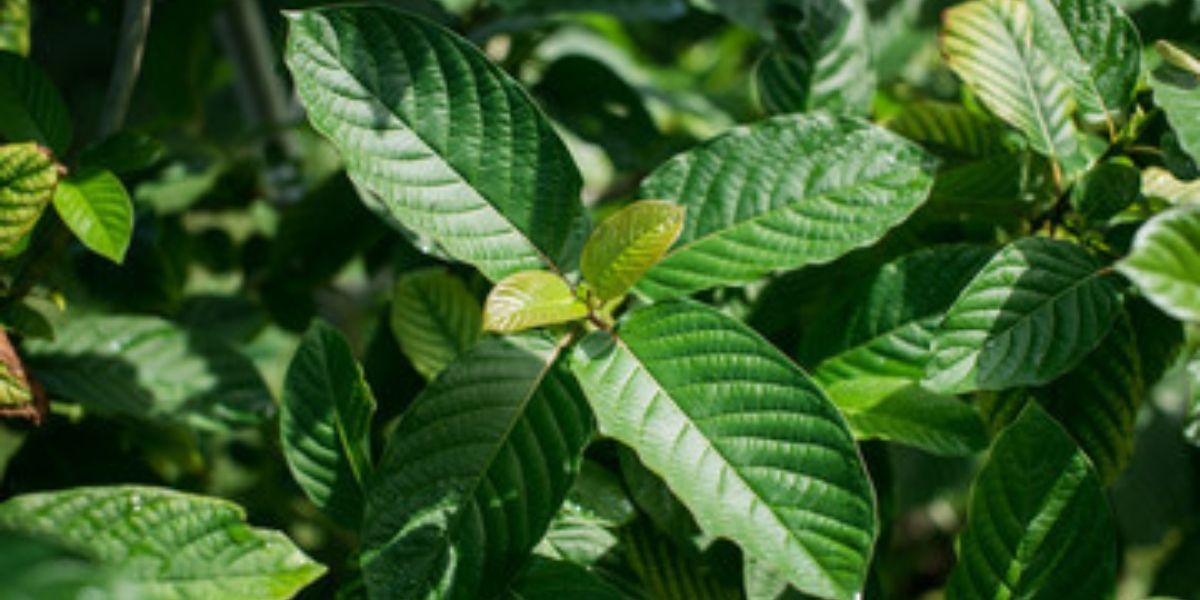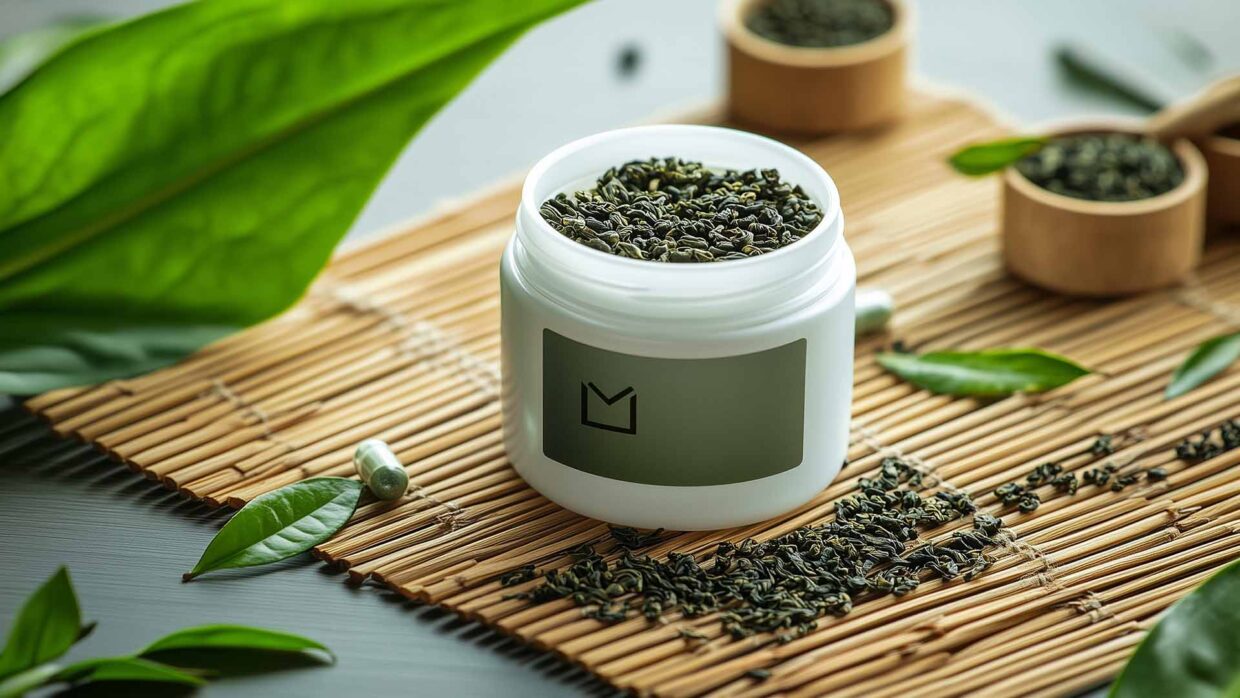The debate about the use of 7-OH, which is a naturally occurring, pain-reducing extract of kratom, changed speedily in the year 2025. With its conventional active formula gaining traction in contemporary wellness market conditions, it also began to trigger record-breaking regulatory campaigns, populist rhetoric, and shifts in consumer sentiment.
This is the precise and non-sensational account of the chronology of the events and their implications for 7-OH users, distributors, and activists in the future.
Early 2025: Heightened Awareness and Retail Growth
By the beginning of 2025, 7-OH concentrates will be available for sale in most convenience stores, specialty shops, and online throughout the majority of the U.S.
As the traditional image of kratom as a botanical agent with pain-relieving properties persisted, there was a demand for stronger products based on a 7-OH downstream. Individual consumers were using these concentrates to help them treat pain and to help them stay well, and considered 7-OH as a natural and safe product, not an artificial opioid.
Spring 2025: First Regulatory Warnings and Industry Scrutiny
With the publicity 7-OH concentrates were drawing, federal agencies started to pay attention to their popularity as well as a patchwork of regulations.
Warning notices were sent to a number of companies due to labeling, marketing claims, or a lapse in compliance. The industry associations replied by stating that 7-OH is a concentrated natural ingredient and not an opioid, and pointed out the recorded historical use of it in the relief of pain.
July 2025: Key Announcements and Developments
This was the beginning of the month. On July 29, 2025, federal officials made their suggestions publicly to implement stricter controls on the 7-OH concentrates targeting the commodities promoted as supplements, edibles, or pain relievers. Instead of going after traditional kratom leaf or preparations consumed in the past, regulatory action focused on higher-concentrated preparations and novel forms like gummies and drink shots.
Key officials, including Secretary Robert F. Kennedy Jr, emphasized the ongoing distinction between traditional kratom use and modern 7-OH concentrates, aiming to protect consumers without undermining legitimate wellness traditions.
Summer 2025: Public Comments and Industry Response
Following federal guidance, a public comment period opened, allowing consumers, scientists, vendors, and other stakeholders to share perspectives on the proposed scheduling and regulation of 7-OH concentrates.
Many highlighted scientific evidence that 7-OH, in its traditional context and appropriate dosage, is considered safe and beneficial for those seeking a natural pain relief option.
Industry leaders responded by improving third-party lab testing, increasing consumer education, and lobbying for regulations that reflect the nuance between classic kratom preparations and modern concentrates.
Mid-to-Late 2025: State and Federal Law Developments
As federal scheduling and new rules moved through their process, several states took independent action—either reinforcing the distinction between kratom leaf and 7-OH concentrate or issuing state-specific rules for labeling, age restrictions, or product formats.
Ongoing research and heightened consumer interest kept the spotlight on accurate dosing, transparency, and responsible marketing, ensuring the conversation remained grounded in both scientific evidence and user experience.
Looking Forward: What’s Next for 7-OH in America?
By late 2025, the landscape for 7-OH concentrates continues to change:
- Vendors must comply with improved standards, including robust lab testing and clear labeling.
- Consumers are encouraged to source from reputable suppliers, understand product content, and consult local regulations.
- Ongoing education and research are clarifying best practices for safe 7-OH use and dispelling myths around its risks versus benefits.
- Public input remains critical as federal and state guidelines finalize, aiming to protect both wellness options and consumer safety.
Final Thoughts
The story of 7-OH in the U.S. is a testament to the dynamic interplay between tradition, science, and regulation. As 7-OH concentrates move through this period of change, all participants need to stay informed, engaged, and focused on responsible, evidence-based use.
This timeline gives a realistic view of how the regulation and future of 7-OH are evolving, ensuring this natural, pain-relieving concentrate remains a safe option for those who benefit from its use.
Handpicked Readings For You:










